Mountain gorilla trekking stands as one of the world’s most extraordinary wildlife experiences, offering intimate encounters with our closest living relatives in their natural habitat. Both Uganda and Rwanda provide exceptional opportunities to observe these magnificent primates, each destination offering unique advantages and unforgettable moments. Understanding what to expect during your gorilla trekking safari in Uganda or Rwanda will help you prepare for this life-changing experience and maximize your chances of a successful encounter.
The journey to meet mountain gorillas involves more than just wildlife viewing—it’s a pilgrimage through some of Africa’s most pristine ecosystems, a contribution to critical conservation efforts, and an opportunity to witness one of conservation’s greatest success stories. With fewer than 1,100 mountain gorillas remaining in the wild, every encounter represents a precious moment with one of the planet’s most endangered species.
Pre-Trek Preparation and Briefing
Morning Briefing Session
Your gorilla trekking experience begins early, typically at 7:00 AM, with a comprehensive briefing at the respective park headquarters. In Uganda, this occurs at either Bwindi Impenetrable Forest National Park headquarters or Mgahinga Gorilla National Park, while in Rwanda, briefings take place at Kinigi Park Headquarters near Volcanoes National Park.
The briefing covers essential safety protocols, gorilla behavior guidelines, and trekking procedures. Park rangers explain the “7-meter rule” requiring visitors to maintain distance from gorillas, photography restrictions, and emergency procedures. You’ll learn about gorilla family dynamics, conservation efforts, and the specific family group you’ll be tracking.
Group Assignment and Guide Introduction
Trekking groups are limited to eight visitors per gorilla family, ensuring minimal impact on the animals and intimate viewing experiences. Groups are typically assigned based on fitness levels, with some families requiring more challenging hikes than others. Your lead guide and armed ranger accompaniment will be introduced during the briefing.
Equipment Check and Final Preparations
Rangers conduct equipment checks, ensuring visitors have appropriate footwear, rain gear, and necessary supplies. This is your final opportunity to rent walking sticks, hire porters, or make last-minute equipment adjustments before entering the forest.
The Trekking Experience
Terrain and Physical Demands
Uganda – Bwindi Impenetrable Forest: The name “impenetrable” accurately describes Bwindi’s dense vegetation and challenging terrain. Expect steep hillsides, thick jungle undergrowth, and potentially muddy conditions. Treks can range from 2-8 hours depending on gorilla family location and movement patterns. The forest floor is often uneven with roots, fallen logs, and thick vegetation requiring careful navigation.
Rwanda – Volcanoes National Park: Rwanda’s terrain tends to be more open with clearer paths, though still physically demanding. The volcanic landscape creates unique challenges with altitude effects (park elevation ranges from 2,400-4,507 meters) and steep volcanic slopes. Treks typically range from 1-4 hours, often shorter than Uganda experiences.
Weather Considerations
Both destinations experience tropical mountain climates with unpredictable weather patterns. Morning sunshine can quickly transform into afternoon rain, making waterproof clothing essential. Temperatures vary significantly with altitude, requiring layered clothing options.
The term “impenetrable forest” in Bwindi reflects not just vegetation density but also the misty, humid conditions that can occur throughout the day. Rwanda’s higher altitude creates cooler temperatures and potential for sudden weather changes.
Navigation and Tracking
Gorilla families are not confined to specific areas and move continuously through their territories. Rangers use radio communication to coordinate with tracking teams who locate gorilla families early each morning. This advance scouting significantly improves encounter success rates but means trek duration remains unpredictable.
The tracking process involves following gorilla signs including knuckle prints, feeding sites, dung, and nest locations from the previous night. Experienced trackers can determine gorilla family size, movement direction, and approximate timing from these signs.
The Gorilla Encounter

First Contact Protocols
When your group approaches the gorilla family, guides will signal for silence and single-file movement. The transition from forest trekking to gorilla observation requires immediate behavior adjustment—no sudden movements, direct eye contact, or loud sounds.
Your guide will position the group for optimal viewing while maintaining the mandatory 7-meter distance. However, gorillas may approach closer to humans, and visitors must remain stationary when this occurs. The gorillas’ natural curiosity sometimes leads to incredibly close encounters, but humans must never initiate closer contact.
Behavior Observation Opportunities
Silverback Interactions: The dominant silverback typically remains visible, often displaying protective behaviors or casual observation of the human visitors. Silverbacks may perform chest-beating displays, which are communication rather than aggression, creating dramatic but safe encounters.
Family Dynamics: Observe complex social interactions including grooming behaviors, playful interactions between juveniles, and protective behaviors of mothers with infants. These intimate family moments provide insights into gorilla society and emotional complexity.
Feeding Behaviors: Gorillas spend significant time feeding, and you’ll likely observe various feeding strategies, food preferences, and the impressive strength required to process tough vegetation. Watching gorillas delicately handle small fruits with their massive hands reveals surprising dexterity.
Juvenile Playfulness: Young gorillas often provide the most entertaining encounters, displaying curiosity about human visitors and engaging in playful behaviors that highlight their intelligence and personality.
Photography Guidelines and Opportunities

Flash photography is strictly prohibited as it can disturb gorillas and potentially trigger aggressive responses. The forest environment creates challenging lighting conditions requiring camera adjustments for low-light photography.
Gorillas’ dark fur against green vegetation requires careful exposure settings. Most successful photos capture behavior rather than just portraits—feeding activities, social interactions, and movement through the forest create more compelling images than static poses.
Video recording is permitted but must be done silently. The one-hour encounter time passes quickly, so balance photography with pure observation to fully appreciate the experience.
Time Limitations and Viewing Experience
The Golden Hour
Gorilla encounters are limited to exactly one hour once the family is located. This restriction minimizes stress on the gorillas and ensures sustainable tourism practices. The hour typically passes remarkably quickly, emphasizing the importance of being present and observant rather than focusing solely on photography.
Behavioral Variations
Each encounter differs based on gorilla family dynamics, weather conditions, and individual animal personalities. Some families remain relatively active and visible, while others may be resting or feeding in dense vegetation. Patience and flexibility enhance the experience regardless of specific behaviors observed.
Emotional Impact
Most visitors describe profound emotional responses during gorilla encounters. The intelligence evident in gorillas’ eyes, their gentle nature despite impressive physical strength, and the privilege of observing wild behavior in natural habitat create lasting memories that extend far beyond typical wildlife viewing.

Uganda vs Rwanda: Key Differences
Uganda Advantages
- Cost Effectiveness: Uganda’s gorilla permits cost $800 compared to Rwanda’s $1,500, making the experience more accessible
- Multiple Locations: Bwindi offers four trekking sectors, providing variety and potentially less crowded experiences
- Longer Forest Experience: Dense vegetation creates more immersive forest experiences
- Additional Primate Opportunities: Combining gorilla trekking with chimpanzee tracking in nearby Kibale Forest
Rwanda Advantages
- Accessibility: Shorter travel time from Kigali (2-3 hours) compared to Uganda’s longer access routes
- Infrastructure: Generally better roads and facilities
- Terrain: Often shorter, less physically demanding treks
- Luxury Options: More high-end accommodation choices near the park
Conservation Impact
Both countries use gorilla tourism revenue for conservation funding, anti-poaching operations, and community development programs. Your permit purchase directly supports these efforts, making every visit a meaningful contribution to mountain gorilla survival.
Physical Preparation and Fitness Requirements
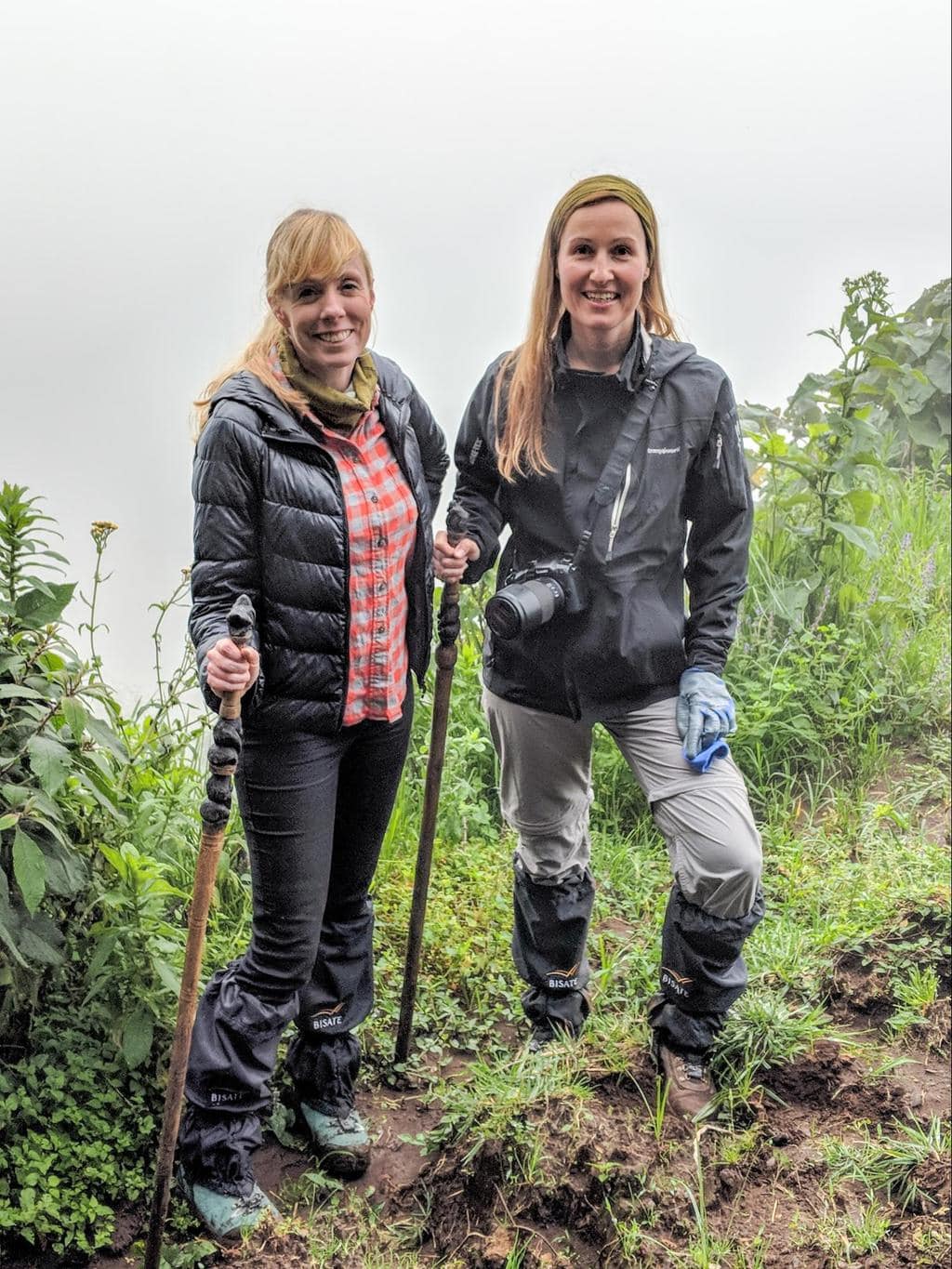
Fitness Levels
While gorilla trekking doesn’t require extreme athleticism, basic fitness levels are essential. Expect uneven terrain, steep inclines, and potentially long hiking durations. Regular walking or hiking preparation in the weeks before your trip significantly improves comfort and enjoyment.
Age Considerations
Minimum age requirements are 15 years in both countries. No maximum age limits exist, but realistic assessment of physical capabilities is crucial. Several elderly visitors successfully complete treks with proper preparation and porter assistance.
Medical Considerations
Visitors with active illnesses cannot participate in gorilla trekking to protect the gorillas from human diseases. Recent respiratory infections, even if resolved, may require medical clearance. This health screening protects both visitors and gorillas.
Porter Services and Assistance
Porter Benefits
Hiring porters provides multiple advantages: employment for local communities, assistance with difficult terrain, and carrying of personal equipment. Porters often serve as additional guides, sharing local knowledge and forest expertise.
Equipment Carrying
Porters can carry cameras, water, snacks, and rain gear, allowing you to focus on navigation and gorilla observation rather than equipment management. This service is particularly valuable during challenging terrain sections.
Community Support
Porter fees directly support local communities, creating positive economic impact from gorilla tourism. Many porters are former poachers who now earn income through conservation tourism, representing successful conservation model implementation.
What to Bring
Essential Items
- Waterproof Clothing: Sudden rain is common and can significantly impact comfort
- Sturdy Hiking Boots: Ankle support and good traction are crucial for forest terrain
- Long Pants and Sleeves: Protection from vegetation, insects, and scratches
- Gardening Gloves: Hand protection when grabbing vegetation for support
- Insect Repellent: Mosquitoes and other insects are present in forest environments
Photography Equipment
- Camera with Good Low-Light Performance: Forest conditions often require higher ISO settings
- Extra Batteries: Cold and humidity can drain batteries quickly
- Waterproof Protection: Cameras and equipment need protection from sudden rain
- Quiet Camera Settings: Disable beeping sounds and autofocus motors if possible
Personal Comfort Items
Water and Snacks: Energy maintenance during potentially long treks Personal Medications: Any required medications should be easily accessible Cash for Tips: Porter and guide gratuities are customary and appreciated
Safety Considerations
Ranger Protection
Armed rangers accompany all groups, protecting from potentially dangerous wildlife encounters. While mountain gorillas are generally peaceful, forest elephants and other wildlife pose potential risks that rangers are trained to handle.
Emergency Procedures
Guides are trained in emergency response procedures, including medical emergencies and wildlife encounters. Communication systems allow rangers to coordinate with park headquarters and emergency services when necessary.
Insurance Considerations
Comprehensive travel insurance including medical evacuation coverage is highly recommended. Remote locations and challenging terrain make emergency medical care potentially expensive and logistically complex.
Conservation Success Story
Population Recovery
Mountain gorilla populations have increased from approximately 620 individuals in 1989 to over 1,100 today, representing one of conservation’s greatest success stories. This recovery results directly from tourism revenue funding conservation efforts.
Anti-Poaching Efforts
Tourism revenue funds ranger salaries, anti-poaching operations, and community development programs that provide alternative livelihoods to activities threatening gorilla survival.
Research Contributions
Gorilla tourism supports ongoing research into gorilla behavior, health, and conservation needs. Visitors contribute to scientific understanding while enjoying unforgettable wildlife encounters.
Post-Trek Experience
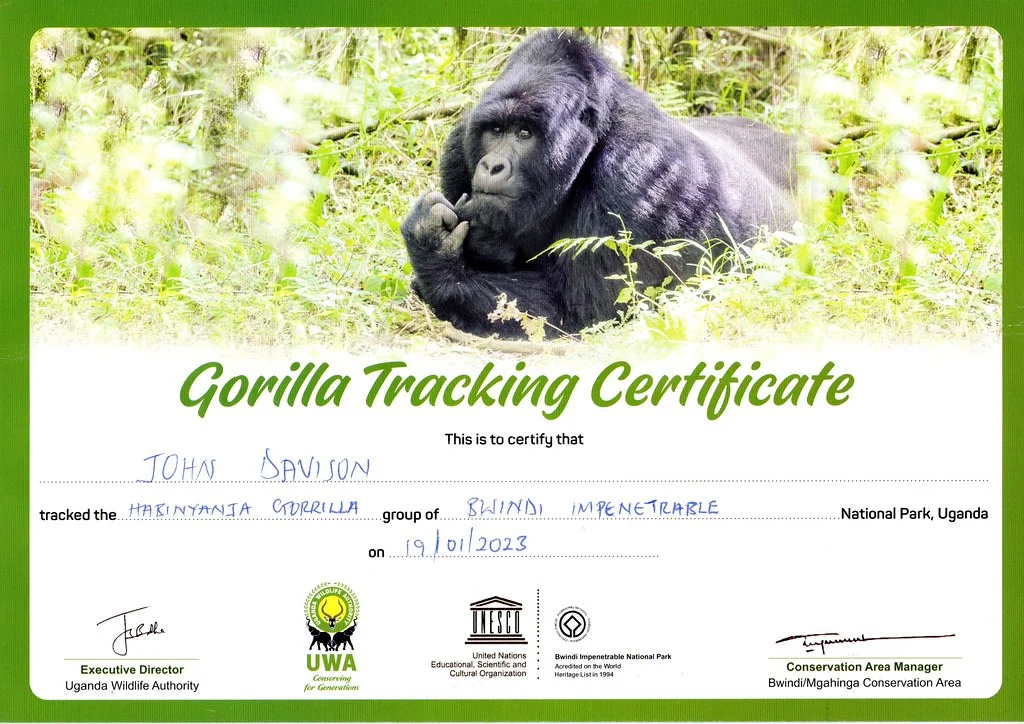
Certificate Presentation
Successful gorilla trekkers receive certificates commemorating their experience and contribution to conservation efforts. These certificates serve as meaningful mementos of this extraordinary achievement.
Community Visits
Many visitors combine gorilla trekking with cultural experiences, visiting local communities to understand how conservation efforts impact local livelihoods and traditional ways of life.
Reflection and Processing
The emotional impact of gorilla encounters often requires time to process. Many visitors describe the experience as transformative, creating lasting appreciation for wildlife conservation and natural heritage protection.
Conclusion
Gorilla trekking in Uganda and Rwanda offers one of the world’s most profound wildlife experiences, combining adventure, conservation, and emotional connection with our closest living relatives. While the physical demands and costs are significant, the rewards include intimate encounters with endangered species, meaningful contributions to conservation efforts, and memories that last a lifetime.
Understanding what to expect—from pre-dawn briefings through challenging forest navigation to magical gorilla encounters—helps ensure you’re prepared for this extraordinary adventure. Whether you choose Uganda’s dense Bwindi forests or Rwanda’s volcanic landscapes, the privilege of observing mountain gorillas in their natural habitat represents a rare opportunity to witness conservation success and connect with the natural world in its purest form.
The experience extends beyond wildlife viewing to encompass cultural understanding, conservation awareness, and personal transformation. Every gorilla trek contributes to the ongoing survival of these magnificent creatures while providing visitors with insights into the delicate balance between human needs and wildlife conservation. Prepare for physical challenges, emotional impact, and an experience that will fundamentally change your perspective on wildlife conservation and natural heritage protection.
Do you want to book a gorilla trekking safari in Uganda or Rwanda? You are in the right place. Simply contact us now by sending an email info@ugandacarrentalservices.com or call us now on +256-700135510. We will get you a suitable 4×4 car and also help you book gorilla permits and accommodation at a very low surcharge rate.

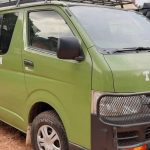

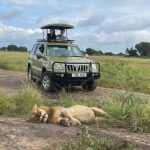
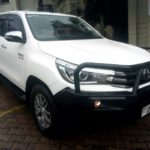
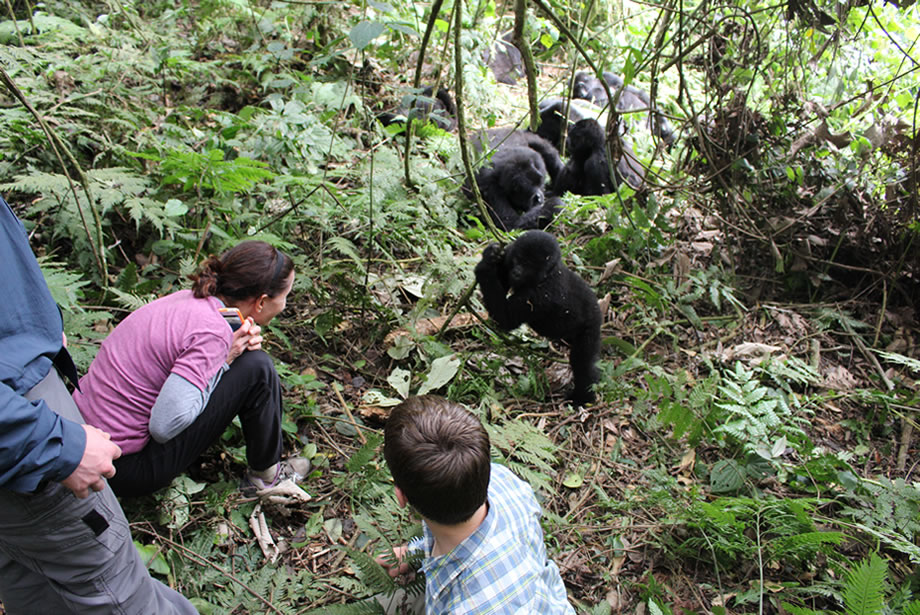

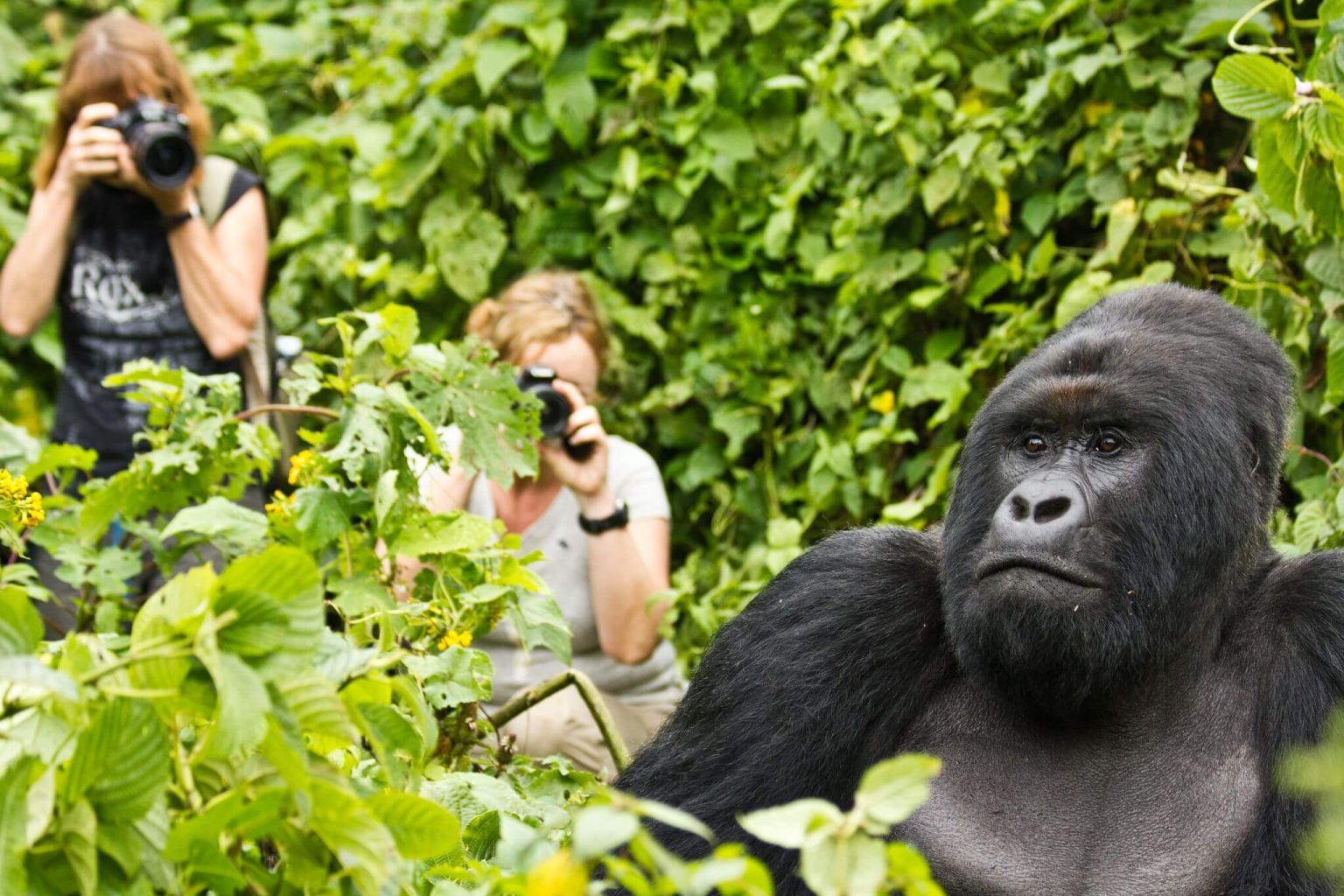
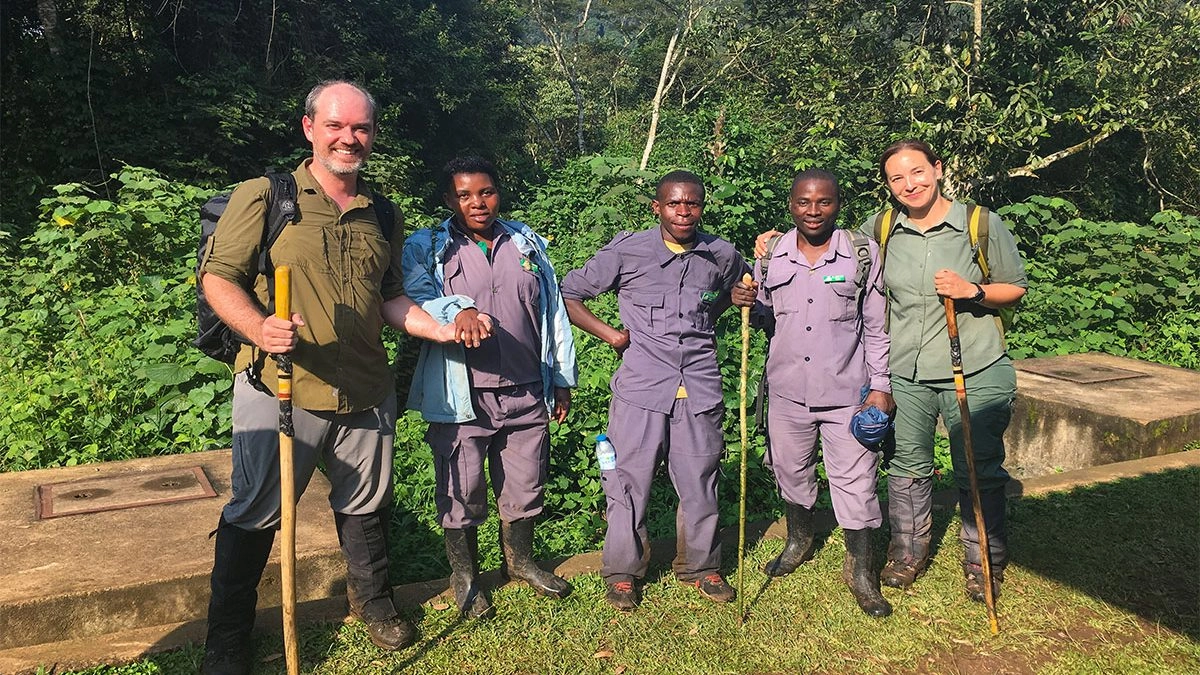
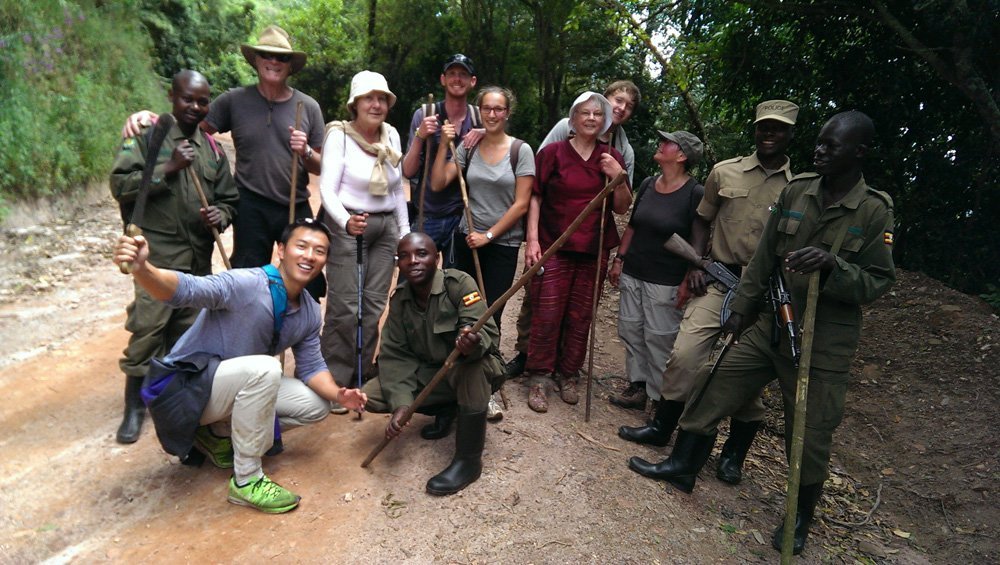



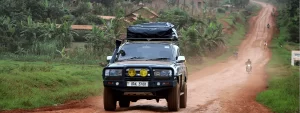
Related Articles
A Deep Dive Into The Toughest Uganda Safari Vehicles
A Beginners Guide To Planning A Uganda Self Drive Safari
Best Time to Visit Uganda for Safaris: Month-by-Month Guide